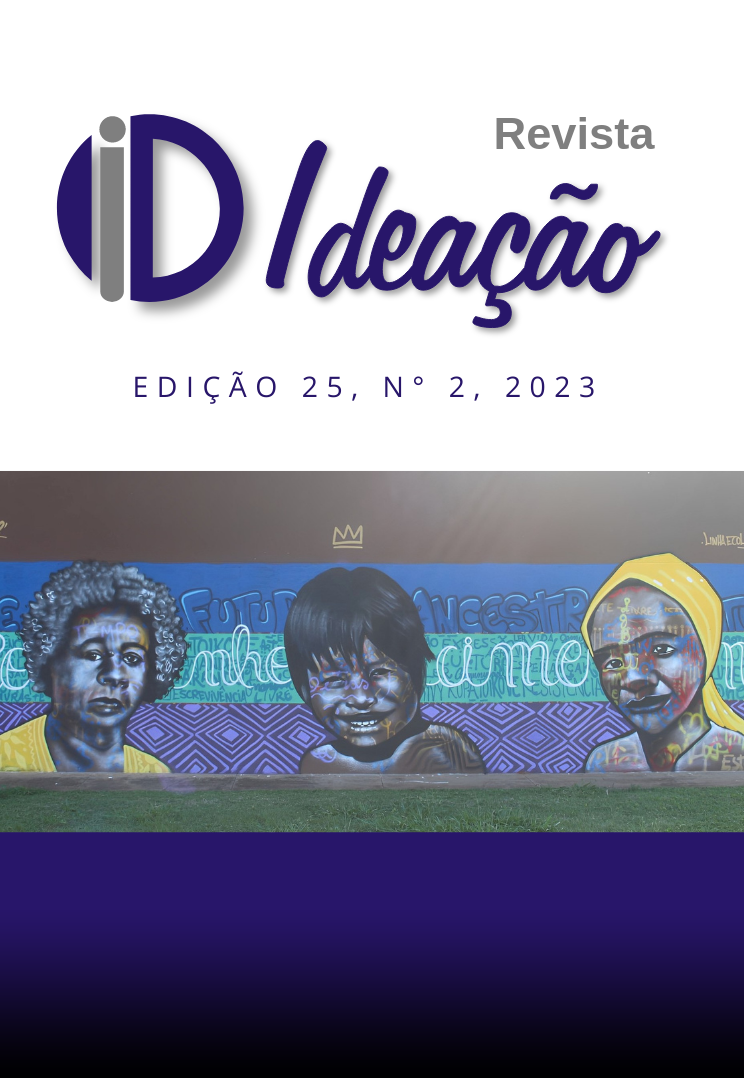The identify constitution of woman recidents in the prison system
DOI:
https://doi.org/10.48075/ri.v25i2.30077Keywords:
Gender, Woman, Stigma, IdentityAbstract
This article describes the importance of gender relations for the construction of women's identity, as well as the constitution of a stigmatized social identity, often formed by prejudice for finding themselves in a contrary position, desired by society, in this case a woman who relapses into prison system. For this, the conceptions of Michelle Perrot (2015), Erving Goffmam (2004), Lombroso & Ferrero (2002), Stuart Hall (2006), among others, were used in the elaboration of this article as a theoretical foundation, in addition to an interview collected from a ex-convict of the Evaristo de Morais penitentiary system in the municipality of Sena Madureira – AC. Therefore, it is understood that the criminal or criminalized woman carries in her identity, marks of a social stigma that becomes difficult to deconstruct, either by her or by society. In this way, the present article intends to demonstrate how much the socio-cultural patterns interfere in the identity and in the life of a woman who already carries in her identity construction marks of violence and difficulties.
Downloads
Published
How to Cite
Issue
Section
License
Copyright (c) 2023 Direitos partilhados conforme licença CC BY-NC-SA 4.0

This work is licensed under a Creative Commons Attribution-NonCommercial-ShareAlike 4.0 International License.
Authors who publish in this journal agree with the following terms:
1. Authors maintain copyright and grant the journal the right of first publication, with the work simultaneously licensed under the Creative Commons Attribution License that allows the sharing of the work with recognition of authorship and initial publication in this journal.
2. Authors are authorized to assume additional contracts separately, for non-exclusive distribution of the version of the work published in this journal (e.g., to publish in an institutional repository or as a book chapter), with acknowledgment of authorship and initial publication in this journal.
3. Authors are allowed and encouraged to publish and distribute their work online (e.g., in institutional repositories or as a personal page) at any point before or during the editorial process, as this may generate productive changes, as well as increase the impact and citation of the published work (See The Effect of Free Access).
Creative Commons License
This work is licensed under a Creative Commons Attribution-Noncommercial-ShareAlike 4.0 International License, which permits sharing, copying, distributing, displaying, reproducing, the whole or parts provided it has no commercial purpose and the authors and source are cited.


